DINOBUTON
- CAS NO.:973-21-7
- Empirical Formula: C14H18N2O7
- Molecular Weight: 326.3
- MDL number: MFCD00055423
- EINECS: 213-546-1
- SAFETY DATA SHEET (SDS)
- Update Date: 2024-12-18 13:37:16
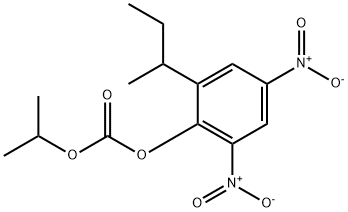
What is DINOBUTON?
The Uses of DINOBUTON
Dinobuton is a non-systemic fungicide, active against powdery mildews in apples, cotton and vegetables.
The Uses of DINOBUTON
Miticide.
Definition
ChEBI: Dinobuton is a C-nitro compound.
Metabolic pathway
Dinobuton is metabolised in plants and animals via common metabolic pathways. The primary reaction is hydrolytic cleavage of the carbonate-dinitrophenyl linkage to yield dinoseb. Further reduction of the nitro-groups of dinoseb yields the corresponding monoamino and diamino analogues. Acetylation and deamination via hydroxylation/ elimination, and oxidation of the sec-butyl moiety also occurred. N- and O-Conjugation as glucosides and glucuronides occurred in both plants and animals. The metabolic pathways of dinobuton are presented in Scheme 1.
Degradation
There is limited information on the hydrolytic stability of dinobuton (1). Marchenko and Vakulenko (1983) reported that the hydrolysis DT50 values of dinobuton in pH 2, 7 and 11 buffer solutions at 22 °C were 15 days, 17 days and 4 hours, respectively. In vitro studies showed the rapid hydrolysis of dinobuton to dinoseb [ 2-sec-butyl-4,6-dinitrophenol (2)] by tissue homogenates of spider mites and animal tissues. Once generated, dinoseb was stable to hydrolytic and photolytic degradation under acidic condition but was readily degraded under alkaline conditions (Brestkin et al., 1978; Molnar, 1935). Uncharacterised complex polar materials were reported as photodecomposition products of dinoseb (Matsuo and Casida, 1970). Grechko et al. (1986) reported that the DTW for dinobuton in aqueous solution under UV light irradiation (365 nm) was <30 min.
Properties of DINOBUTON
| Melting point: | 61-62℃ |
| Boiling point: | 464.35°C (rough estimate) |
| Density | 1.2731 (rough estimate) |
| refractive index | 1.5110 (estimate) |
| form | neat |
| Water Solubility | Insoluble in water |
| Merck | 13,3315 |
| BRN | 2065340 |
| CAS DataBase Reference | 973-21-7 |
| EPA Substance Registry System | Dinobuton (973-21-7) |
Safety information for DINOBUTON
| Signal word | Danger |
| Pictogram(s) |
 Skull and Crossbones Acute Toxicity GHS06  Environment GHS09 |
| GHS Hazard Statements |
H301:Acute toxicity,oral H330:Acute toxicity,inhalation H410:Hazardous to the aquatic environment, long-term hazard |
| Precautionary Statement Codes |
P260:Do not breathe dust/fume/gas/mist/vapours/spray. P264:Wash hands thoroughly after handling. P264:Wash skin thouroughly after handling. P270:Do not eat, drink or smoke when using this product. P271:Use only outdoors or in a well-ventilated area. P273:Avoid release to the environment. |
Computed Descriptors for DINOBUTON
New Products
(S)-3-Aminobutanenitrile hydrochloride 4-Methylphenylacetic acid N-Boc-D-alaninol N-BOC-D/L-ALANINOL Tert-butyl bis(2-chloroethyl)carbamate 3-Morpholino-1-(4-nitrophenyl)-5,6-dihydropyridin- 2(1H)-one Furan-2,5-Dicarboxylic Acid Tropic acid 1-Bromo-3,5-Di-Tert-Butylbenzene S-2-CHLORO PROPIONIC ACID ETHYL ISOCYANOACETATE 2-Bromo-1,3-Bis(Dimethylamino)Trimethinium Hexafluorophosphate 4-IODO BENZOIC ACID 3-NITRO-2-METHYL ANILINE 1-(2,4-DICHLOROPHENYL) ETHANAMINE (2-Hydroxyphenyl)acetonitrile 4-Bromopyrazole 2-(Cyanocyclohexyl)acetic acid 4-methoxy-3,5-dinitropyridine 1-(4-(aminomethyl)benzyl)urea hydrochloride 2-aminopropyl benzoate hydrochloride diethyl 2-(2-((tertbutoxycarbonyl)amino) ethyl)malonate tert-butyl 4- (ureidomethyl)benzylcarbamate Ethyl-2-chloro((4-methoxyphenyl)hydrazono)acetateRelated products of tetrahydrofuran
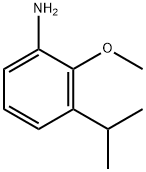

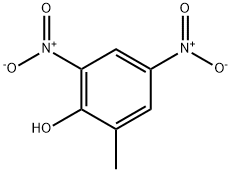
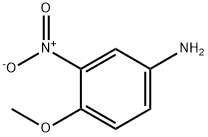
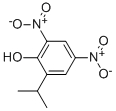

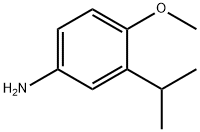
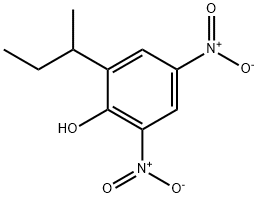
You may like
-
 2033-24-1 98%View Details
2033-24-1 98%View Details
2033-24-1 -
 42831-50-5 5-METHYLISOXAZOLE-4-CARBOXYLIC ACID 98%View Details
42831-50-5 5-METHYLISOXAZOLE-4-CARBOXYLIC ACID 98%View Details
42831-50-5 -
 1975-50-4 98%View Details
1975-50-4 98%View Details
1975-50-4 -
 2-HYDROXY BENZYL ALCOHOL 98%View Details
2-HYDROXY BENZYL ALCOHOL 98%View Details
90-01-7 -
 2-Chloro-1,3-Bis(Dimethylamino)Trimethinium Hexafluorophosphate 221615-75-4 98%View Details
2-Chloro-1,3-Bis(Dimethylamino)Trimethinium Hexafluorophosphate 221615-75-4 98%View Details
221615-75-4 -
 61397-56-6 CIS BROMO BENZOATE 98%View Details
61397-56-6 CIS BROMO BENZOATE 98%View Details
61397-56-6 -
 14714-50-2 (2-Hydroxyphenyl)acetonitrile 98+View Details
14714-50-2 (2-Hydroxyphenyl)acetonitrile 98+View Details
14714-50-2 -
 118753-70-1 98+View Details
118753-70-1 98+View Details
118753-70-1